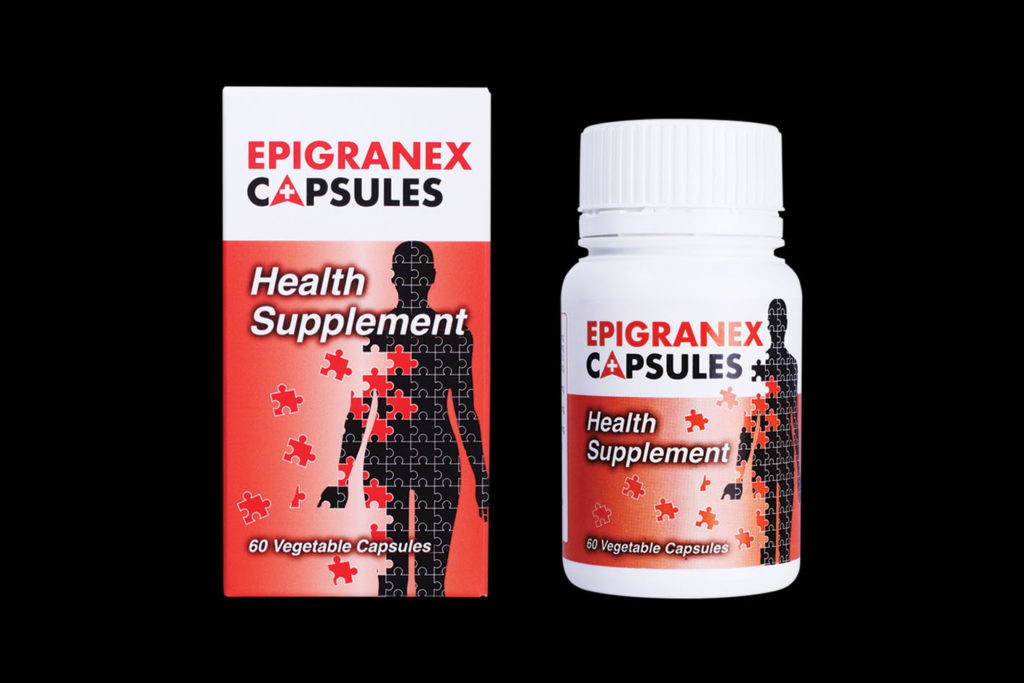Use Advertising in Your Packaging Design to Drive Sales

When we think of advertising, traditional channels like TV commercials, newspaper ads, magazines, or billboards usually come to mind. However, there’s another powerful yet often underutilized medium — your packaging design.
Packaging is not just a protective layer or a container for your product. It’s a mini billboard that reaches your customer at the crucial point of sale. Done effectively, incorporating advertising concepts into packaging can significantly influence purchase decisions and enhance brand recall.

Integrating Advertising Elements Into Packaging Design
Think of your product’s packaging as the first and most lasting impression on your customer. When designed strategically, it becomes an advertising space that speaks directly to your target audience.
For example, we worked on a packaging design for a supplement aimed at diabetic wound patients. Diabetic wounds are notoriously slow to heal, and patients often require additional nutritional support. Rather than simply listing ingredients, we developed a conceptual visual narrative.
We created a human-shaped puzzle to symbolize the body and how the supplement acts as the “missing pieces” that restore health. The red color represented wounds, not in a graphic or unpleasant way, but subtly and effectively to draw attention and signal urgency.
This puzzle visual was adapted across various platforms —leaflets, magazine ads, and event backdrops so that whenever patients or healthcare providers saw the design, they immediately associated it with the supplement. That’s the power of cohesive visual advertising within packaging.

Tell a Story Behind the Brand
Storytelling is a timeless and powerful tool in marketing. A compelling story told through your packaging can create emotional resonance with your audience.
Take for example the launch of Bayu Tea, a local tea brand designed to compete with international giants like BOH and Lipton in Malaysia. The client wanted to position Bayu as a high-quality, affordable local brand for Malay rural consumers.
We leaned into what made Bayu special: its Malaysian roots. Using the iconic Cameron Highlands tea plantation landscape, we shaped it to resemble a tea leaf and added a dynamic image of tea pouring into a glass. This not only highlighted freshness and local sourcing, but also created a visually exciting and refreshing feel.
The name ‘Bayu’ which means “wind” in Malay conveys a sense of relaxation and serenity. Together, the visuals and name told a story that made the product feel familiar, trustworthy, and proudly Malaysian.
The result? Customers who initially bought Bayu out of curiosity continued to choose it because the packaging made them feel good about their purchase.
Good design + good story = strong brand loyalty.
Choose the Right Strategy for Your Product
Knowing your target audience and understanding your market position are essential before deciding on a packaging and advertising approach.
Let’s revisit a well-known case: the battle between MILO and Ovaltine in Malaysia.
MILO recognized early on that its core consumers were children, and that the product was viewed as an energy-boosting, nutritious chocolate drink. Their advertising focused heavily on sports and activity, reinforcing the idea that drinking MILO would make kids healthy and strong.
This strategy extended into the packaging design — green colors representing health and vitality, with illustrations of children engaging in sports. The entire design reinforced a singular, consistent message.
Ovaltine, while still a recognizable brand, struggled to create a distinct positioning in the market. By the time they realized the value of connecting emotionally through sport or health, MILO had already become synonymous with both.
Your strategy must be clear, focused, and aligned with what your audience values most.
Make Your Logo and Brand Identity Stand Out
One of the golden rules in advertising—never hide your logo. Your packaging should instantly identify your brand, even from a distance.
Also, choose your brand colors wisely. Colors are not just aesthetic choices—they carry psychological weight. For instance:
MILO’s green suggests health, growth, and energy — perfectly in line with their brand message.
Ovaltine’s red, while bold and recognizable, doesn’t communicate health as effectively, which may have worked against it in this category.
A strong logo, memorable color palette, and consistent brand identity across all touchpoints are what make people remember and trust your brand.
Stay Focused—Be Single-Minded in Your Design
Many brands fall into the trap of over-decorating their packaging with excessive embellishments — foil stamping, embossing, spot UV lamination — hoping to create a premium look. While these can be useful, they should never overshadow your core message.
Think of packaging like a sports car. Accessories like spoilers and rims may enhance appearance, but the engine—your advertising message — is what really powers the vehicle.
Use design enhancements sparingly and with purpose. If your advertising strategy is strong and your design communicates it clearly, you don’t need to rely on fancy finishes to stand out.
Conclusion: Strategy Before Aesthetics
An award winning creative director I once worked with always said, “Don’t show me the design, tell me the strategy.” That stuck with me.
Your packaging isn’t just about looking good, it’s about selling. When you incorporate advertising principles into your packaging design, you turn every product on the shelf into a silent salesman.
Choose the right strategy. Use storytelling. Understand your audience. Make your logo and colors work for you. And above all, be clear about what your product offers.
Do that well, and customers won’t just buy your product, they’ll remember your brand and keep coming back.

